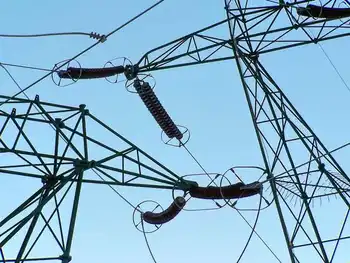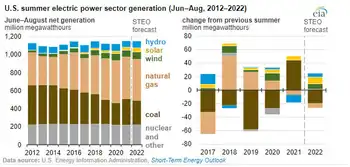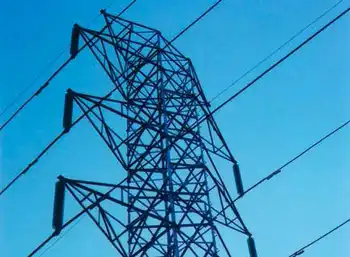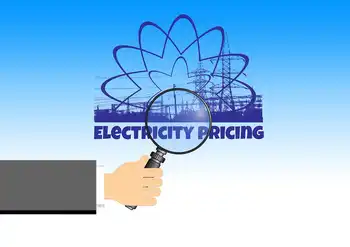J-Power says carbon capture on schedule
By Reuters
High Voltage Maintenance Training Online
Our customized live online or in‑person group training can be delivered to your staff at your location.

- Live Online
- 12 hours Instructor-led
- Group Training Available
The $200 million Callide A OxyFuel project in Queensland, Australia, is on schedule to start up a 30-megawatt coal-fired power plant in July-September 2011, J-Power Managing Director Masaharu Fujitomi said ahead of the Reuters Global Climate and Alternative Energy Summit.
"The biggest selling point is that existing coal plants can be retrofitted to use the OxyFuel technology, allowing energy efficient plants to lower CO2," he said in an interview.
"If you replace the whole plant with an integrated gasification combined cycle (IGCC), there would be some concerns about costs and reliability. If the regulations become tougher, OxyFuel can be also used for oil and gas-fired thermal plants."
As the electricity wholesaler consumes around 20 million tons of thermal coal a year, by far the most in Japan, J-Power is pushing forward with CCS technology to try and decarbonize coal plants that generate about 40 percent of the world's power.
CCS captures CO2 from power stations and stores it underground to take it out of the atmosphere, cutting emissions by more than 90 percent. Several technologies are being tested but none have so far been proved on a commercial scale.
The OxyFuel method burns coal with pure oxygen rather than air, making almost pure CO2 gas and water vapor, so facilitating CO2 capture. The CO2 will be separated, condensed to a liquid, transported by trailers and pumped deep underground.
The project puts together Japan's OxyFuel technology with Australia's good potential CCS fields under the aegis of the Australian and Japanese governments.
Japanese firms involved in the project include J-Power, heavy machinery maker IHI Corp and Mitsui & Co Ltd, while an Australian consortium includes Xstrata, Queensland government-owned power supplier CS Energy and Schlumberger Ltd and the Australian Coal Association.
During the experiment over 3 years, up to 100,000 tons of CO2 will be stored, about 10 to 15 percent of the plant's total emissions.
J-Power currently has no plans for a commercial scale power plant with CCS, but Fujitomi said the firm might market the technology to China and India in the future.
Sweden's Vattenfall has tested the OxyFuel process on a pilot 30-megawatt-thermal boiler at a power plant in Germany since 2008, but CO2 storage has not been conducted amid protests from locals, J-Power said.
"The cheaper the CCS cost the better because the additional costs will be passed on to the utility bills," Fujitomi said. "If the cost becomes much cheaper, carbon credits may go down, and vice-versa."
Fujitomi said the CCS technology might be used more often overseas than at home in future, partly because Japan does not have a lot of potential space to store CO2.
J-Power is actively involved in combating climate change, taking part in an oxygen-blow IGCC project involving a 170-megawatt demonstration plant with a CCS facility.
Japan's incoming Democratic Party government is pushing for an ambitious mid-term target, to cut the nation's greenhouse gas emissions by 25 percent by 2020 from 1990 levels, far tougher than the outgoing government urged, a move that may boost CCS' role in the years to come.
"We have to advance this technology with or without the administration change," Fujitomi said. "There are other options such as boosting the power generation efficiency or changing to coal gasification to lower global emissions. We need to work on the CCS in direct competition with those options."











